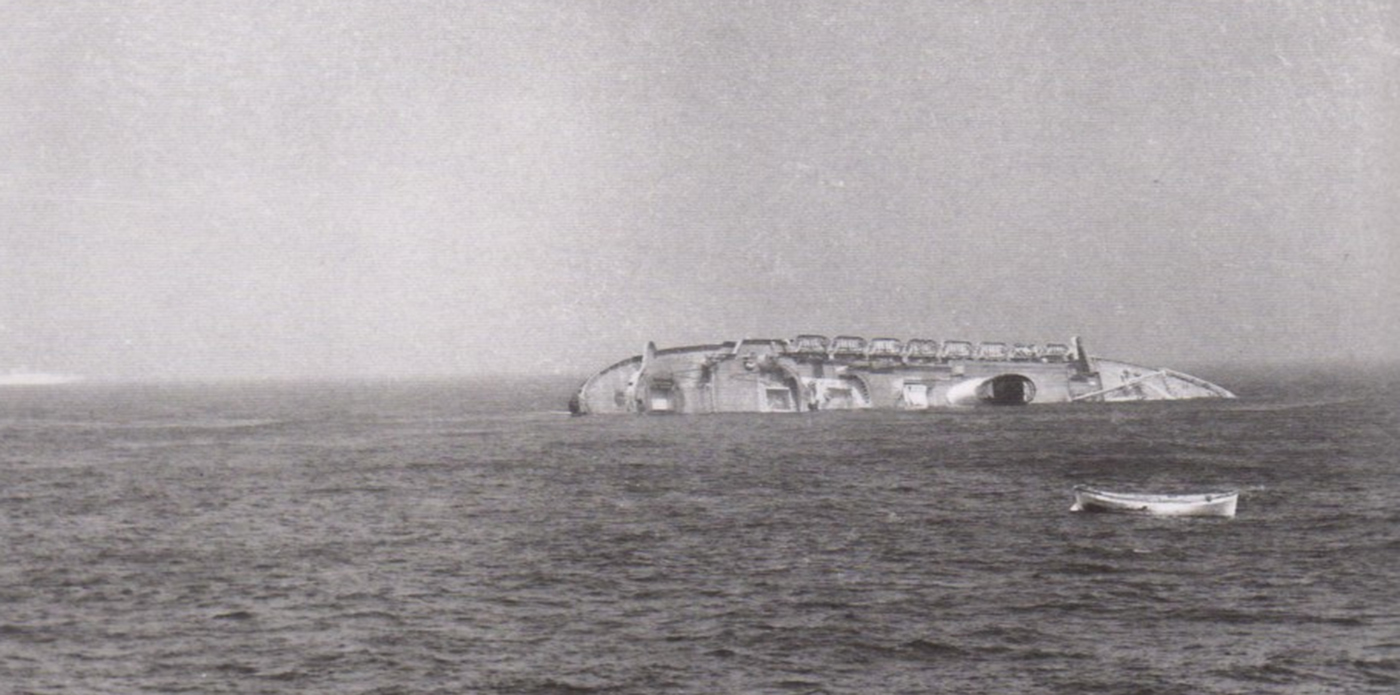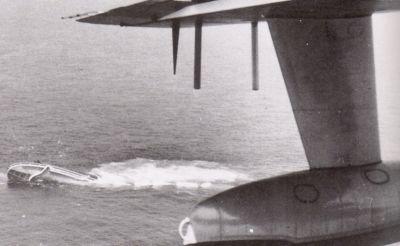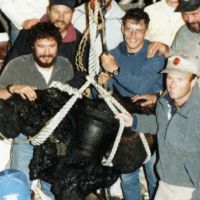Primary Source
2 Liners Crash Off Nantucket. Andrea Doria Abandoned; Hundreds are Picked Up; Stockholm’s Bow Crushed; Fog Hampers Rescue.
The Andrea Doria was listing badly but still afloat, with her passengers and crew being removed, at 4 this morning.
Two hundred were taken aboard the vessel Cape Ann, 200 had been transferred to the Isle de France, some 50 are aboard the Army vessel Thomas and 425 on the Stockholm.
The liner Stockholm reported “three serious casualties” and asked for a helicopter to remove them.
Two crack ocean liners collided in fog 45 miles southeast of Nantucket late last night and most of the 1700 passengers and crew of the Italian Line’s Andrea Doria had abandoned the listing ship by 3 this morning.
The SS Stockholm, her bow shattered and taking water in forward holds, was limping toward New York at slow speed, four hours after the crash.
Passengers and crewmen of the 27,000-ton Doria were transferred to the liner Ile de France and the fruit ship Cape Ann in those vessels’ lifeboats after the Doria’s were rendered useless by the heavy list.
Coast Guard craft and fishing vessels were standing by the stricken liner, speeding removal of the remainder of her crew as the danger of the vessel’s sinking increased.
The crash occurred shortly after 11 p.m. SOS messages were sent from both the Andrea Doria and Stockholm at 11:22 and the bigger liner’s passengers began abandoning ship at 2:22 am.
“2 Liners Crash Off Nantucket,” Daily Boston Globe, July 26, 1956.







